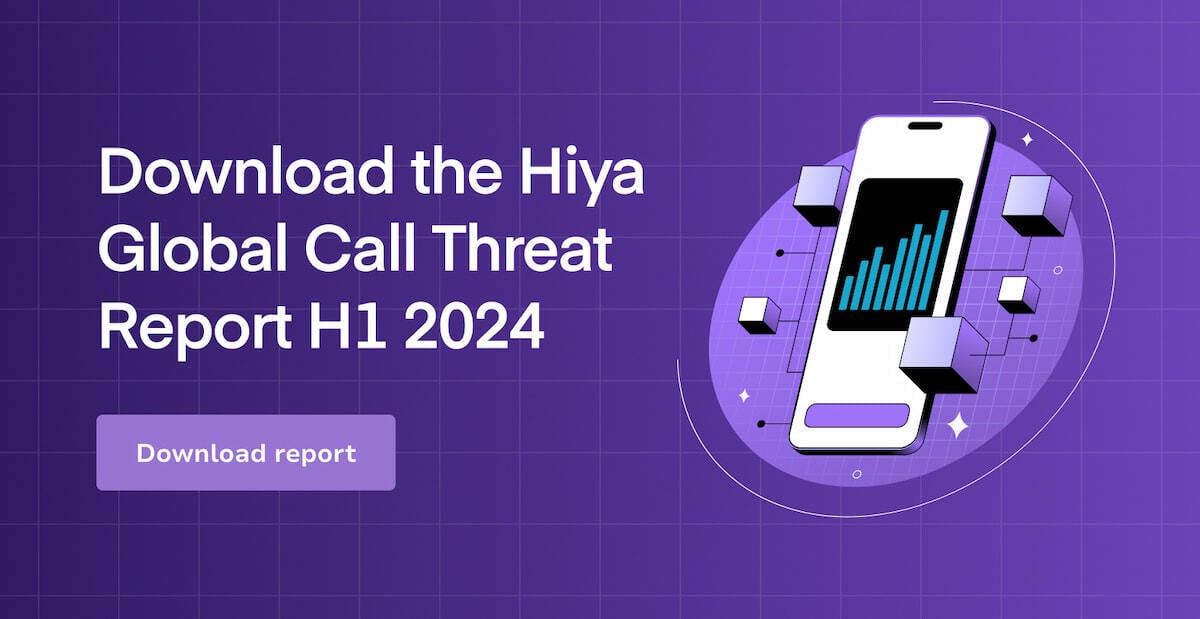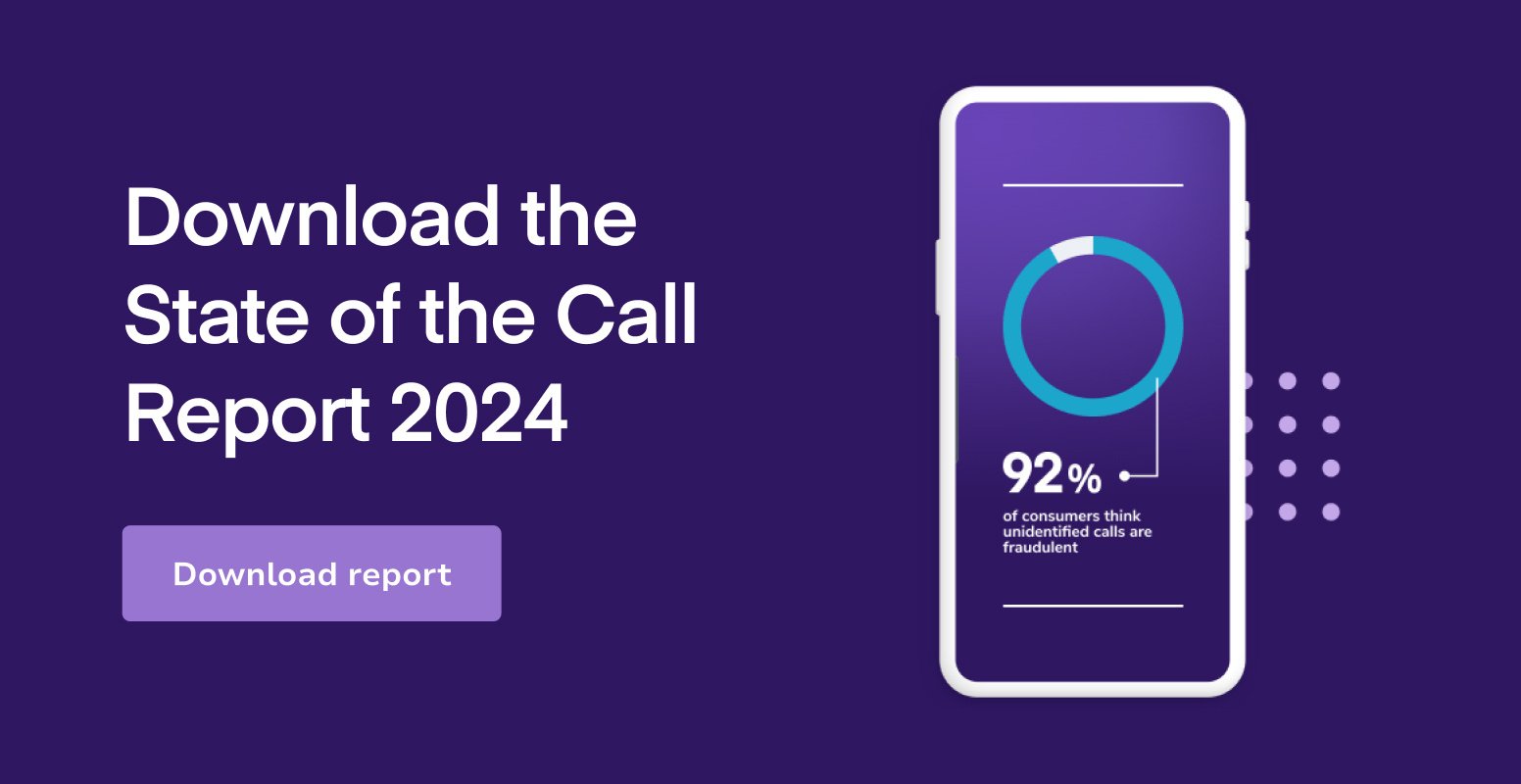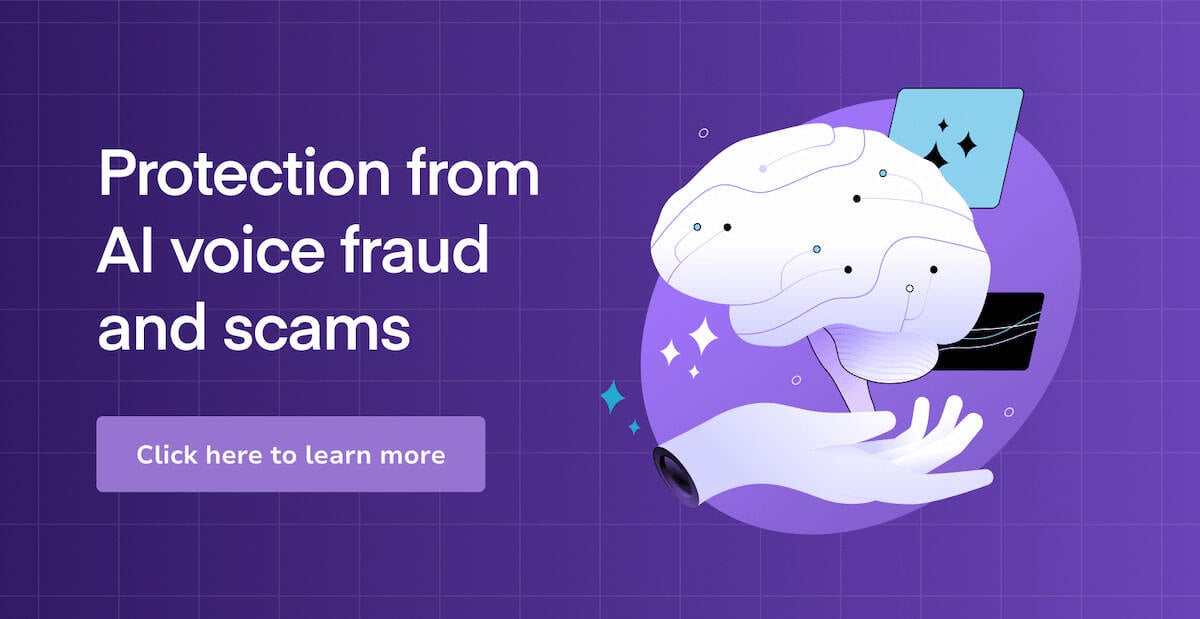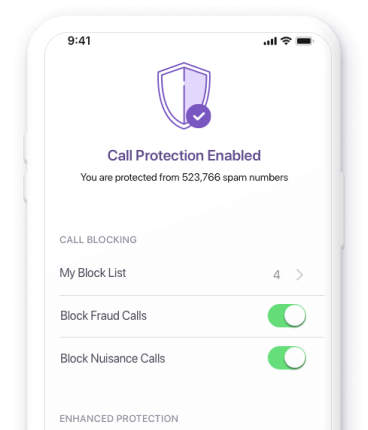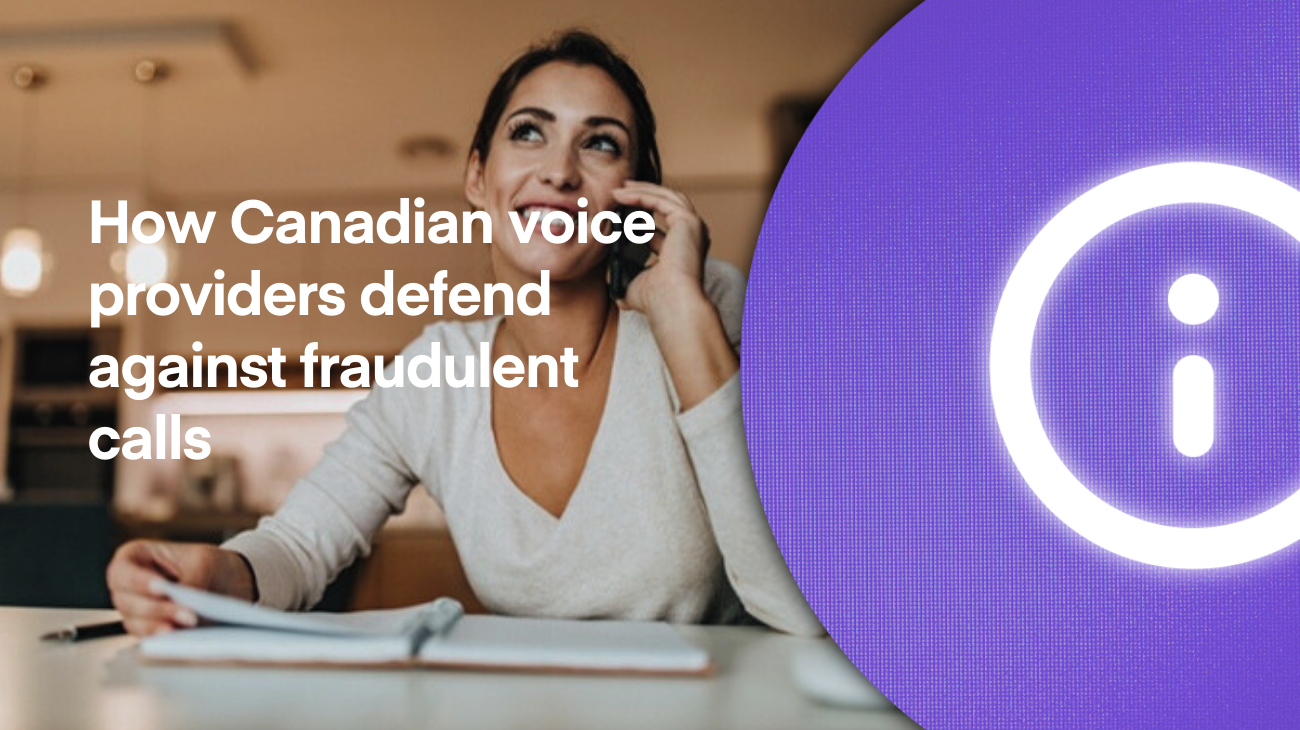
Since the beginning of 2023, more people in Canada have begun seeing “call labels” on some calls they receive. These labels warn call recipients that the call they just received is suspected to be fraudulent or is similar to calls reported by others as unwanted.
These are part of a growing number of protections that Canadian voice providers (which include carriers and device manufacturers) have been implementing to defend consumers against illegal phone calls.
Call labeling is just one of the multiple ways these voice providers defend consumers, and call labels protect a significant percentage of Canadian consumers.
Why label calls?
Canada has faced a significant rise in fraudulent calls over the past ten years. Canada stands out with the highest rate of fraud calls in North America, with 5 times the rate of calls identified as likely fraud. But there's good news: providers in Canada are taking action. Among other efforts, this includes deploying advanced voice security technology to provide subscribers with more details about incoming calls, acting as a shield against scammers.
How does call labeling work in Canada?
There are two types of call labels to be aware of in Canada:
-
Likely fraud / Potential fraud: These calls are flagged as potential scams based on verifiable data and patterns recognized by carriers.
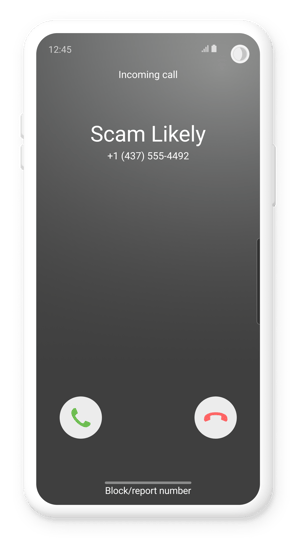
-
Likely spam / Suspected spam: These calls are identified as suspicious. They have received complaints from end-users or look very similar to others that have.
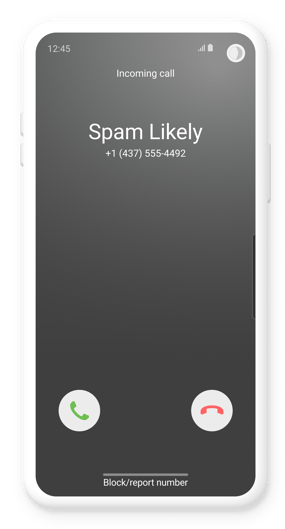
These labels are dynamic and can change based on several factors, including who calls and how end users respond. The labels take in the entire context of the call and not just the phone numbers used— and phone numbers do not “go bad” if a call receives a label.
How do voice providers identify suspicious calls for labeling?
But what does it mean to take in the entire context of a call? Four specific aspects of a call can help determine if a call receives a label.
Who is calling:- The caller's identity plays a significant role in detecting risky calls. Caller identity refers to the individual, organization, or entity making the call. Scammers and highly aggressive callers typically don’t like providing transparent information about their identities. That’s why recognized organizations are more likely to have a positive call reputation than unknown or suspicious entities. Enterprises can register their numbers with carriers for free by following the instructions here.
- The history and information associated with a phone number can provide insights into the calls it makes. For instance, if a phone number is reported multiple times for fraudulent activities, future calls made from that number are more likely to be labeled as fraud.
- Analyzing the calling patterns of a caller can reveal a lot about their intentions. Frequent calls to many unrelated numbers in a short span indicate aggressive or invasive calling activities. On the other hand, consistent calls to a specific set of numbers indicate a business or personal relationship. Unusual calling hours, high frequency, and short call durations can be red flags for unwanted or suspicious calls.
- The response of the people who ultimately receive the calls plays a crucial role in call labeling. If most recipients block a caller, report them as spam, or otherwise signal to carriers that a call is unwanted, additional calls made from the caller are more likely to be delivered with a call label. Conversely, if most recipients answer the call, engage in lengthy conversations, or provide positive feedback, calls made from that caller are less likely to be delivered with a label.
Hiya can show you why recipients report your calls
Recipient reactions like blocks, high abandon rates, and user reports play a big role in call labeling. If calls are labeled “Likely spam,” that could point to a broader call performance issue that’s leading to a poor user experience. Resolving that issue can improve your call engagement and result in better business outcomes from your calls.
That’s why enterprises need to understand when and why their recipients block their calls by analyzing the four key aspects of a call: the number, the call, the recipient, and the caller.
For more information on what to do if your business calls are being labeled as fraud or nuisance, be sure to check out our call reputation guide,“Ten Tips to Improve Your Reputation and Get your Business Calls Answered.”

